Power transmission safety rules today are one of the important aspects of the work of the electric energy supplier. The number of malfunctions at the enterprise, the quality of manufactured products and, as a result, the competitiveness of production as a whole depend on the existing degree of reliability of the customer’s power consumers. In this regard, there are certain categories of power supply to consumers.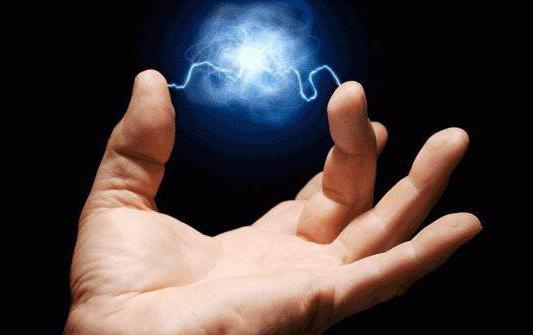
Power Transmission First Group
This category does not allow power outages. The interruption in the supply of electricity to any object can be the result of very difficult outcomes, such as:
- threat to human health and life;
- multiple product defect;
- failures in the normal operation of utilities;
- violation of the manufacturing process;
- failure of expensive equipment.
This category of reliability of power supply has the most significant significance in industry, where the interruption of the operation of such installations as a main ventilation fan of a mine, for example, leads to its downtime and the evacuation of all workers from it. Thus, the technological process stops, which threatens the life of any person, and can also provoke an explosion in the mine.
Most of the customers of the first power transmission group are in the metallurgical and chemical industries. In other areas, the specific gravity of such a load is much lower. At metallurgical plants with insufficient metal production turnover (only blast furnaces or coke oven plants), the number of electrical receivers of the first category can be approximately 70-80%, and with a good cycle - 25-45%. In factories producing synthetic rubber, somewhere around 70-90% of the total load of the enterprise.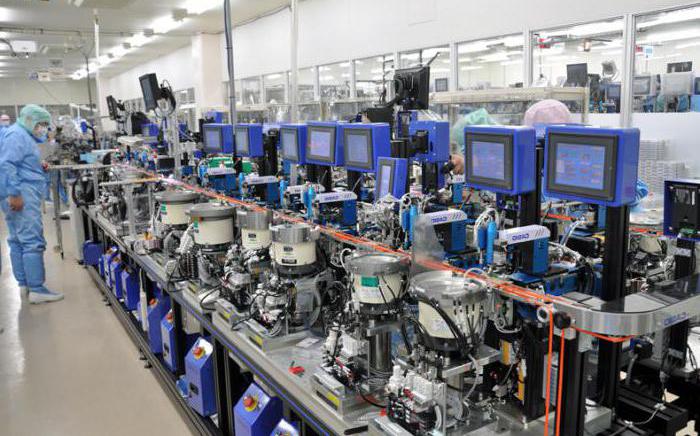
What is necessary and what is not allowed to be done
From the first category of power receivers according to the reliability of power supply, we can distinguish a special group of consumers who need a continuous supply of electricity for an emergency stop of the economy. It is not allowed that phenomenal cases occur that threaten the health and livelihoods of people, damage expensive equipment, produce explosions, fires.
When planning the power transmission of clients of such a group, it is necessary to properly analyze the specifics of the development and process technology of the designed facility. In no case should the 1st category of power supply have excessive capacity without the need. You also need to calculate the backup power for the receivers of this group. Their examples are:
- mine hoisting machines, which provide the lifting of workers from the mines in case of emergency;
- when technological work is stopped, blast furnace cooling pumps;
- sewage systems.
The second category of reliability of power supply
In the event of a power failure in this group, the following can happen:
- Numerous under-production of the plant.
- Stop of electric transport.
- Massive inaction of workers and equipment.
For such receivers, backup power is also allowed, but when compared with the first category of electrical receivers, it provides for stops in the power transmission for manually turning on the energy or for the exit of the repair team so that the substation can be switched in manual mode.If the ABP (automatic transfer of reserves) does not incur particularly tangible financial expenses, then it can be used for consumers of the first group.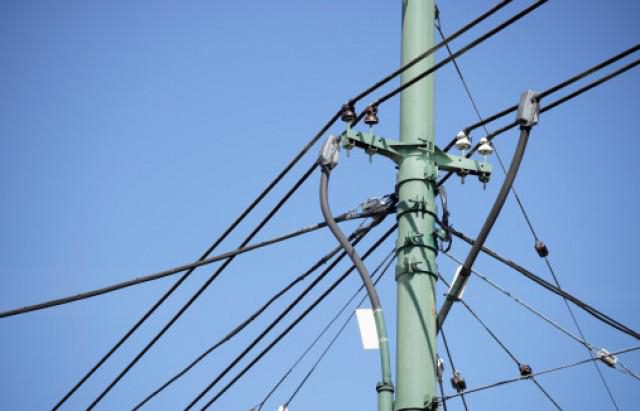
The 2nd category of power supply is the most powerful for all areas of industry. She is not easy. In this group, there may be loads close in their technological standards to power consumers of the first category, and many are closer to the third. The problems of uninterrupted power should be approached with extreme caution and not exploit redundancy continuously, as this is done by the first category of power supply.
The level of food safety is established for the most part with the help of technical and economic calculations, based on the minimum costs incurred during simple production.
Power Transmission Third Category
Such a group included all the remaining receivers, which are neither in the 1st, nor in the 2nd. For residential customers, these are residential buildings and apartments, for industry - workshops where there is no serial production of things or auxiliary workshops. This category involves a pause in the power supply for the period necessary to repair or replace electrical equipment. It should not be more than 1 day. When planning the power transmission of such installations, it is necessary to take into account the methods of laying wires, redundancy of the transformer (if it is also replaced) and that the repair be done according to the time specified in the EMP.
It follows from this that when planning the power transmission system for both residential customers and an industrial company, it is necessary to take into account different circumstances that affect the reliability category. It is still necessary to analyze the purpose of the electrical receivers, determine their function in household activities and establish the permissible time for stopping power.
Is the supplier responsible
RES is responsible for the quality and safety of the provided electric energy. The amount of obligations is determined by the number of adverse consequences of power outages in the civil legislation of the Russian Federation on energy. The agreement spells out all the requirements for power supply, and also lists the categories of power supply. In case of violation of these rules and causing the consumer considerable financial losses, he has every right to demand his compensation in court.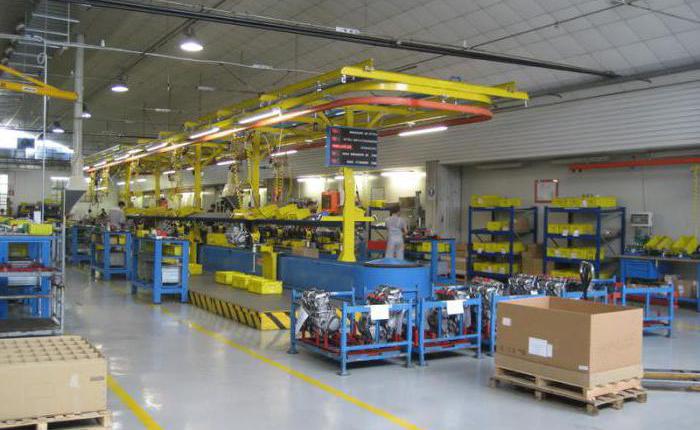
Reliability Group Change
The security category may change if necessary. To do this, the client must warn the electricity supplier by writing a statement. Typically, the consumer asks about increasing the reliability of the facility. This happens in situations with increased riskiness on the farm or when a residential building goes into a non-residential building.
Power transmission to residential areas is through universal distribution networks. Such consumers are contained in the 3rd category of power supply. Before giving power to customers of the 2nd group, a detailed analysis of the technological work and the magnitude of the damage caused by possible failures in the power transmission system is carried out.
There are relatively few consumers of the 1st category, however, before they are connected, actions are performed that are identical for the clients of the 2nd group. The employees of RES are responsible for guaranteeing the security of supply and connection to electric energy networks in accordance with the contract.
Categories of power consumers by reliability of power supply
Regarding the necessary power safety, receivers are divided into 3 groups.
The first category of reservation includes only those power consumers, a stop in the power supply of which can lead to a threat to people, significant losses in national production, equipment malfunction, numerous product defects, disruption of the technological process and especially significant components of the urban economy.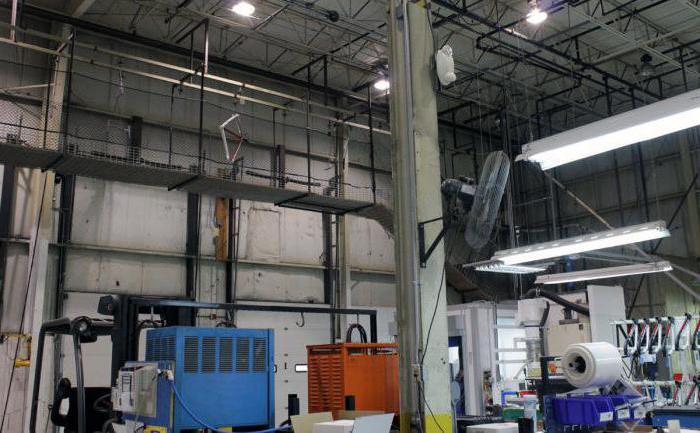
These receivers, included in the category of power supply, must be provided with electric energy from two separate sources, and the pause of their power transmission is allowed only at the stage of automatic inclusion of charge. These include:
- filling cranes;
- domain shops;
- lifting and drainage devices of mining plants;
- cupola drives;
- steam boilers.
In special cases, additional actions are performed for special facilities, which further increase the safety of power transmission.
The second category of power consumers
Receivers whose stoppage in the power supply is connected with the downtime of industrial transport, the refusal of employees and mechanisms to work, massive under-release of products, as well as a malfunction in the corresponding activity of a huge number of the urban population, belong to the second category of power supply with less stringent conditions for their power supply circuit.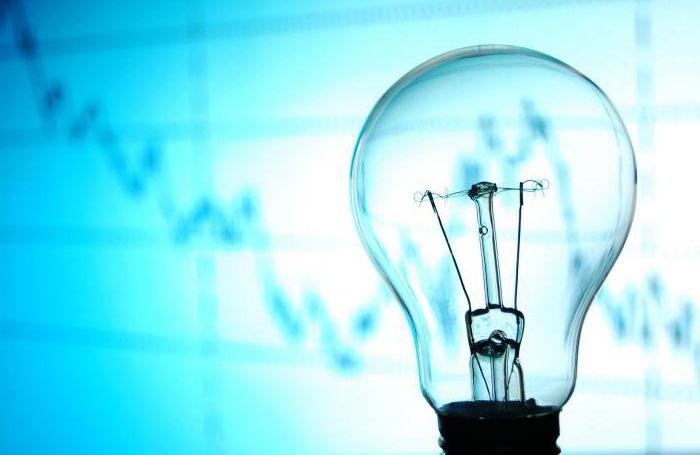
For such power receivers, standby electrical energy is usually allowed, but power outages are also allowed for some time so that standby personnel can manually turn on the backup power at the enterprise or facility. For the most part, receivers of the second group also use automatic backup of electrical energy.
The second category is the most popular. It includes mining installations (with the exception of lifting and drainage), the main farms of textile factories, a number of electrical equipment from non-ferrous metallurgy, rolling shops, compressor plants and almost all structures of the pulp and paper industry.
Third group
All other power receivers of non-serial production workshops and auxiliary workshops in non-responsible warehouses are assigned to category 3 of power supply and allow the power to stop during repair or replacement of a defective part of the power transmission system for up to one day.
From this article it is now clear what categories of power consumers and power supply exist at various enterprises and farms.